Q&A with Bright Artist, Stephanie Fizer Coleman
last updated 13 June 2016

After finishing a BA in History, and working a series of pretty un-stimulating office jobs, Stephanie Fizer Coleman found true happiness in illustration. A self-taught artist, she experimented with many mediums before finally settling on digital, where she could build little illustrated worlds full of bold colors and playful patterns. The wonderful thing about the world of illustration is that there are no rules or particular boundaries concerning what qualifications you have or where you studied – or even if you studied! Stephanie is proof that you can do anything you want if you have true passion. Here’s Stephanie’s point of view on being an illustrator…

In your blog, you say that you studied Ballet and History (amazing!) But what made you choose art as a career over either one of these subjects and how did you begin your career?
My art career was sort of accidental. Ballet was my first love, so when I headed off to college, pointe shoes in hand, I had dreams of becoming a choreographer. I was also armed with a promise to my parents that I would study History, so I’d have something to fall back on. Because having a semi-useless liberal arts degree is an excellent fallback plan, right?
As it turned out, ballet lost much of its luster as I struggled through long hours of class and rehearsal, as well as many injuries. In the end, I tucked my choreographer dream away and threw myself into my history studies. As I worked on my degree, a friend, who had noticed my propensity towards notebook doodling, gave me the fortuitous gift of a sketchbook and a how-to-draw-cartoons book. And I was hooked.
When the time came to consider grad school(by that time, I thought I might want to become a museum curator), I decided instead to pursue a career in art. Supporting myself with not-so-fun office jobs, I opened an Etsy shop and slowly started taking freelance jobs. After a couple of years and a couple of bad starts, I left my day job to work full time as an artist. And that was eight years ago!

Steph in her studio, and some early works for children’s publishing.
Did you take a course in illustration or has it always come naturally to you?
I’m not sure that it comes naturally so much as that I’m quite stubborn. Art didn’t come into my life until I was in my early 20s, so I’ve learned mostly by reading books, taking a few online courses, and drawing every day since then.
You work with illustrator and photoshop – did you teach yourself this?
I taught myself Photoshop and Illustrator shortly after I decided to focus on art as a career. Thank goodness for YouTube videos and online tutorials! It took a couple years of experimenting for me to really develop a digital style of working. These days I prefer Photoshop over Illustrator; it works best for the style of work I create.
Just recently I started creating a series of courses, Photoshop for Illustrators, for the lovely folks at Atly. My first course launched early this year and brings together all the Photoshop basics I struggled to figure out all those years ago.
You use a very recognizable color palette, was this something you really considered or are these simply colors you like?
I’m just drawn to those palettes, mostly. I can’t seem to get enough of blue paired with orange or red. Those pairings seem to creep into my work, whether I intend it or not, it seems. Working with color is a favorite part of the illustration process for me, so I try to play around with it and explore new pairings whenever I can.
Your Bird drawings are very sweet. Have you ever thought about making a book about birds – like a spotters guide for children perhaps?
Yes, please! A bird guide for children is most certainly on my dream project list. Recently, I’ve been collecting weird bird facts, with hopes of turning them into a book at some point. After my 52 Birds project, where I illustrated a bird each week for a year, I wound up becoming quite a bit bird-obsessed, so I don’t imagine I’ll ever tire of drawing birds now.

Could you describe your relationship with Bright and would you recommend an agency like us to artists of the future?
I’ve been with Bright for a few months past a year. Funny story: I was on the hunt for an agency early last year, and Bright was on the top of my list, but I put off sending an enquiry because I wanted to keep working on my portfolio. Instead, I wrote the enquiry I wanted to send, then saved it for later. Two days after I wrote my imaginary enquiry, Bright messaged me, offering representation! Isn’t it funny how those things happen?
After signing with Bright, it took a few months for work to begin trickling in, but since then work has been flowing in at a nice pace. Anne Moore Armstrong (Bright USA) and Nicky Lander (Bright UK Commercial and Fiction) have all been lovely and helpful in giving advice, especially when I wanted to build up my portfolio with some non-fiction pieces inspired by my bird drawings. Hannah Curtis and Amanda Pike (Bright Art Licensing) have also been wonderful in helping me continue to build my licensing portfolio.

Stephanie’s beautifully vibrant Art Licensing portfolio
I feel like whether you should go with an agency or not depends on what type of person you are. Some artists don’t seem to mind dealing with the business end of things like finding new clients or collecting payments, while other artists, like me, would prefer to hand those tasks over. For me, a major upside of working with Bright has been getting jobs from clients I wouldn’t have otherwise been able to connect with.
Can you tell us a bit about your experience in Art Licensing and also what it’s like working in book publishing? How do they differ?
With art licensing and book publishing, you’re looking at two different approaches to creating art. In art licensing, we’re able to create art that just needs to be beautiful without necessarily having a story behind it. A lovely floral birthday card can just be lovely; it doesn’t have to go deeper than that. In book publishing, we’re using art to convey a story, to show some sort of action or motivation, or to educate. We’re diving deeper. (You can view Stephanie’s publishing portfolio here.)
I love the balance of working in both art licensing and book publishing. Part of my day might be spent illustrating a diver in a coral reef and the other part might be spent painting simple floral greetings card designs. The juxtaposition of working on different kinds of projects all the time keeps things fresh, exciting, and challenging.

If you’d like to work with Stephanie for Art Licensing, you can get in touch with the team here.
For publishing, please contact agent, Nicky Lander here.
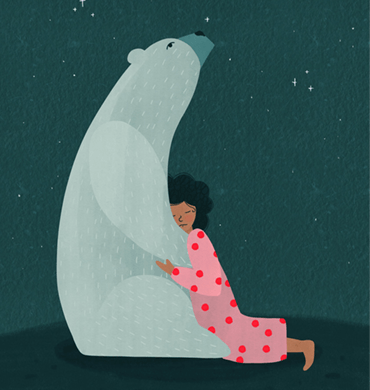 How we work
How we work
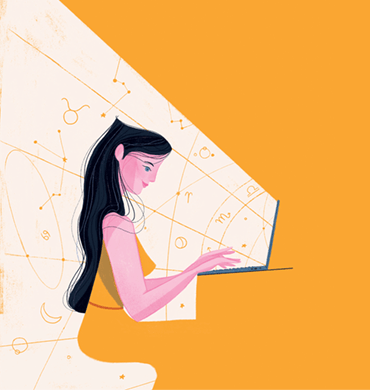 What we do
What we do
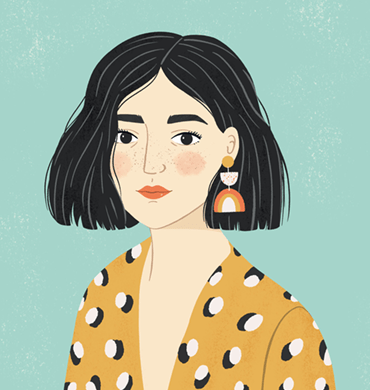 Meet the team
Meet the team
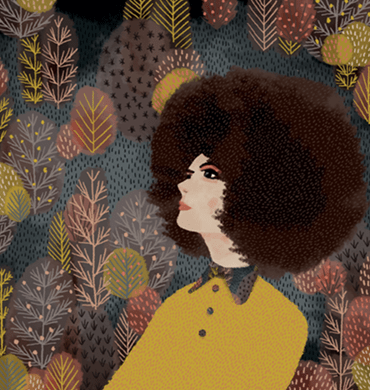 Artists
Artists
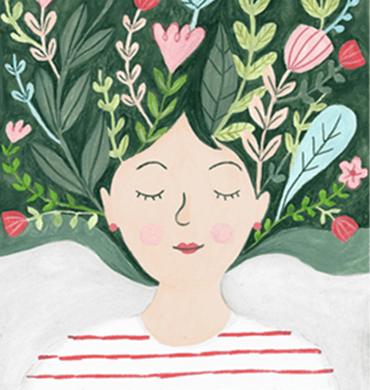 Agents
Agents
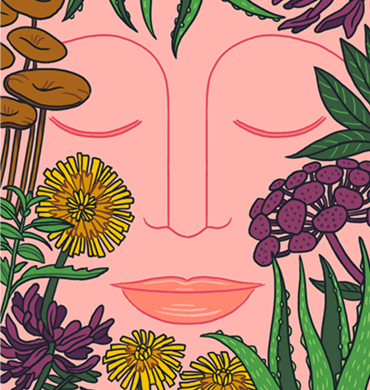 Collections
Collections
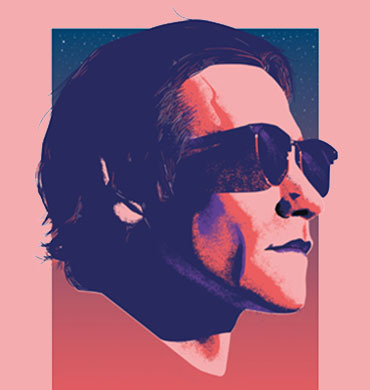 Submissions
Submissions
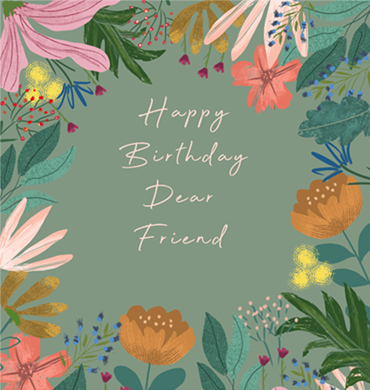 Artists
Artists
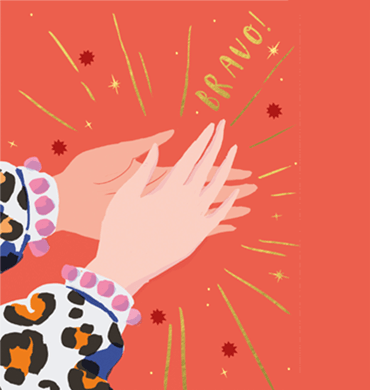 Agents
Agents
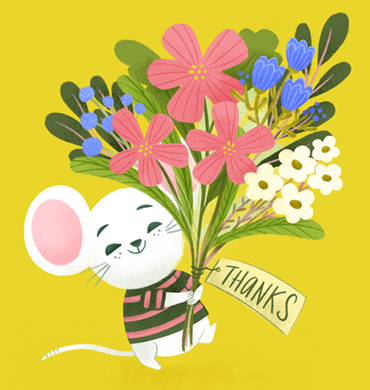 Collections
Collections
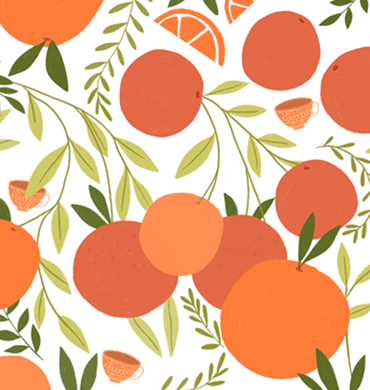 Submissions
Submissions
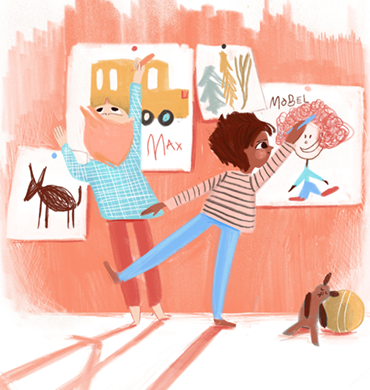 Authors
Authors
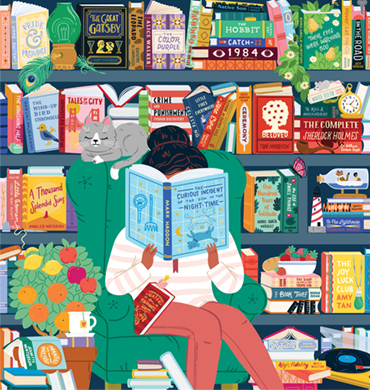 Artists
Artists
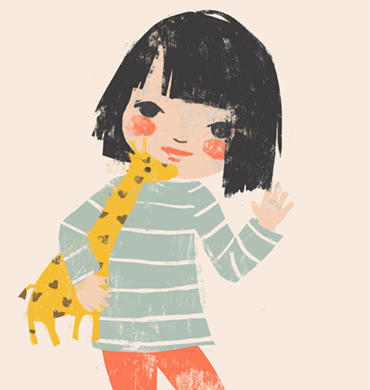 Agents
Agents
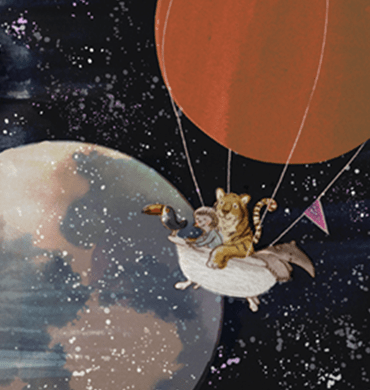 Collections
Collections
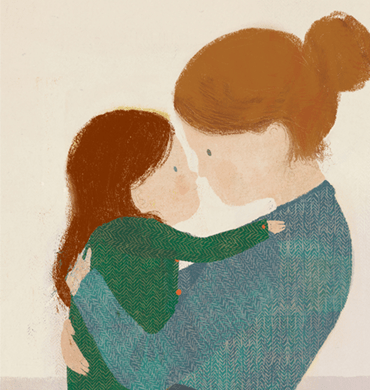 Submissions
Submissions
 Animators
Animators
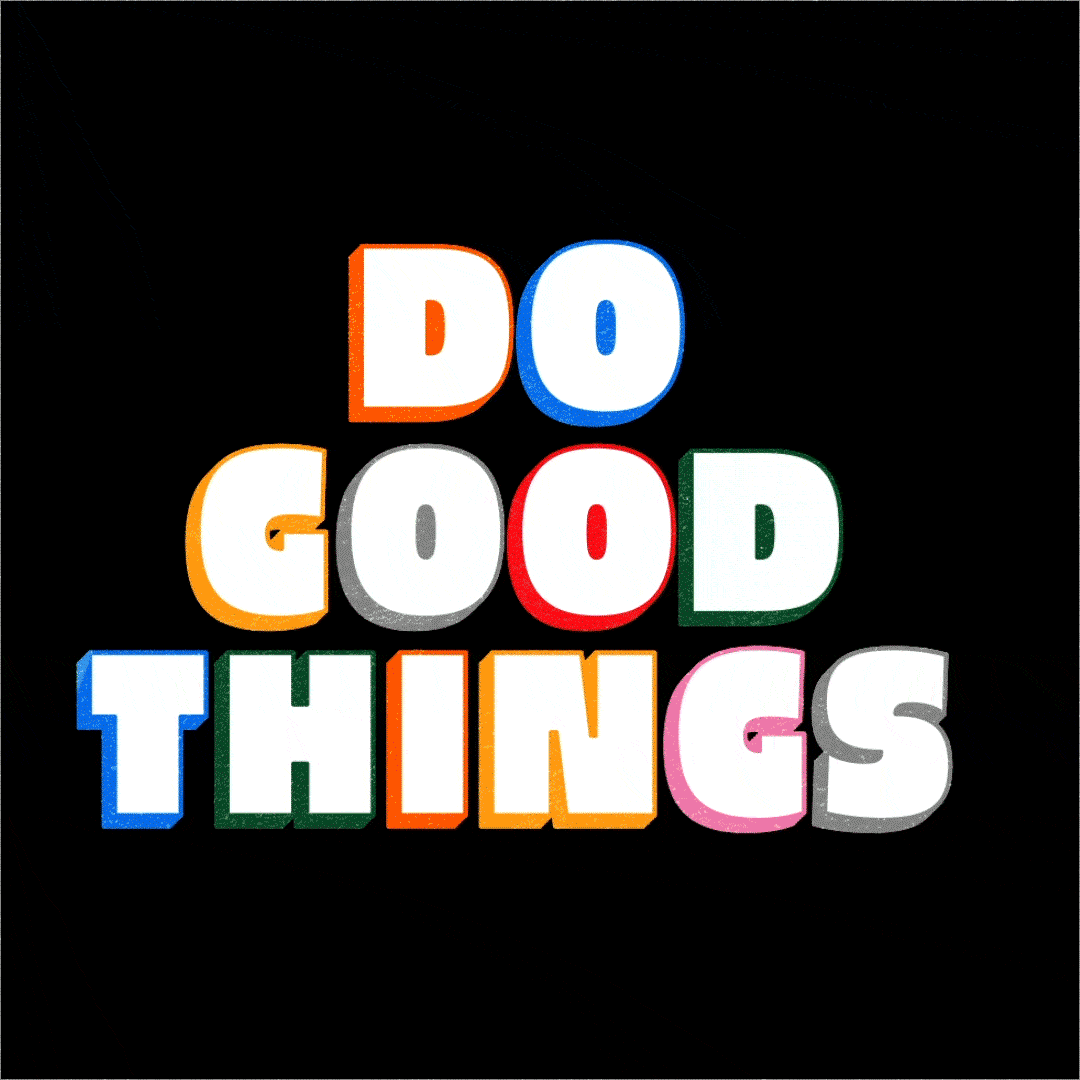 Agents
Agents
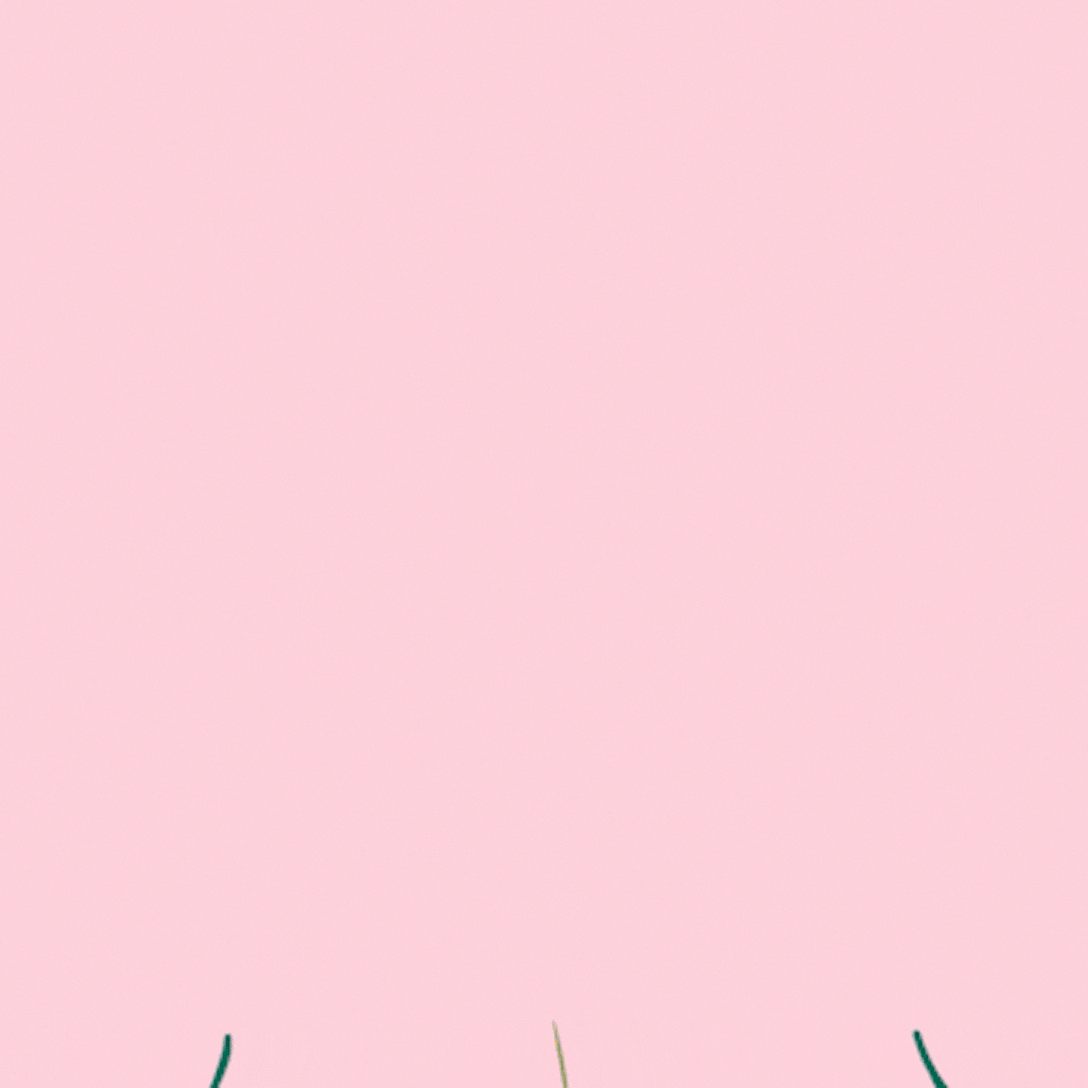 Collections
Collections
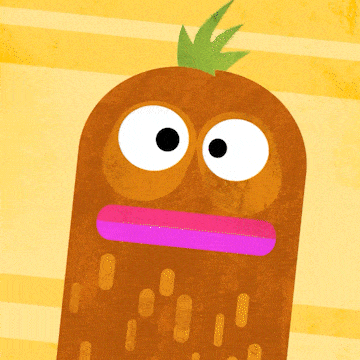 Submissions
Submissions
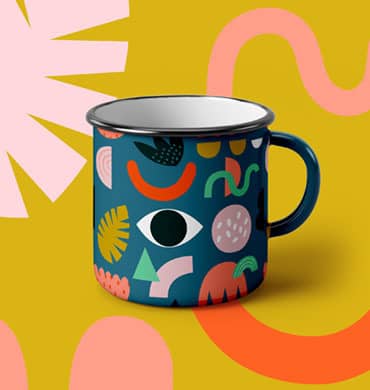 About
About
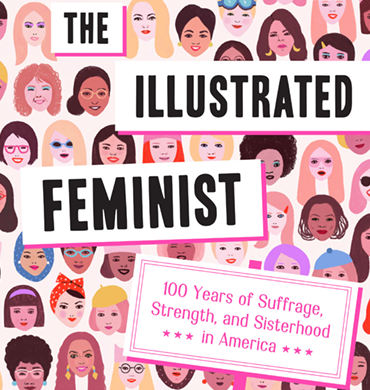 Authors
Authors
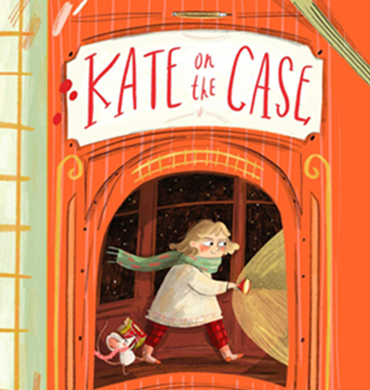 About
About
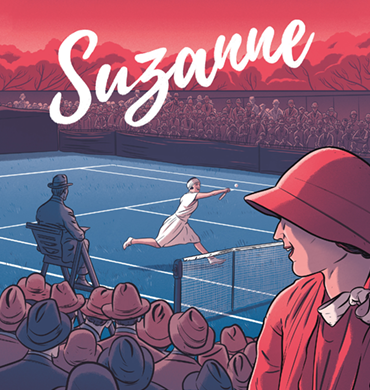 Submissions
Submissions
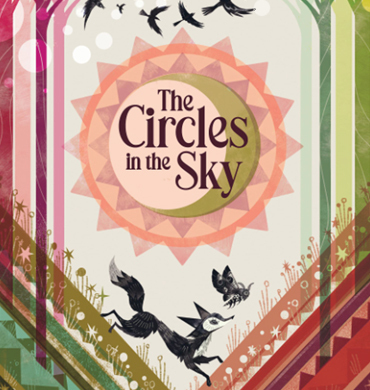 Blog
Blog